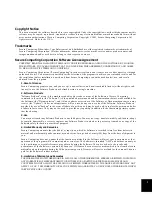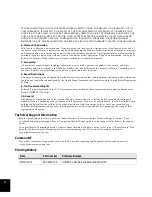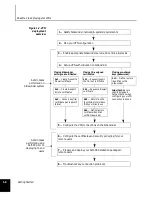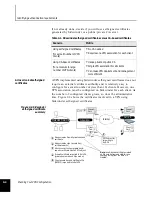
Roadmap to deploying your VPNs
Getting Started
1-7
Soft-PK deployment
checklist
The following checklist identifies each major step involved in the
setup and deployment of your Soft-PK software (as shown in Figure
1-2). You can use the checklist as a reference point and mark off each
item as you complete it to ensure a successful VPN rollout.
TIP:
Each step provides an overview of the task and points you to specific documentation
for more detailed information.
1 — Satisfy Sidewinder, network, & system requirements
❒
Sidewinder/network:
Verify that your Sidewinder is at Version 5.1.0.02 or later,
licensed for VPN, and that your network is fully operational.
❒
End-user systems:
Verify that each system on which Soft-PK will be installed meets
the requirements as described on page 1-4.
2 — Plan your VPN configuration
❒
Review Chapter 2 to become familiar with key concepts and options that are
available when setting up VPNs.
❒
Review Chapter 11 in the
Sidewinder Administration Guide
for additional background
on VPN configuration.
❒
Review the
readme.txt
file located on the Soft-PK CD for additional information from
Secure Computing.
3 — Enable appropriate Sidewinder servers, ACL entries, & proxies
Note:
For details, see"Enabling the VPN servers" on page 3-2 and "Configuring ACL & proxies
entries for VPN connections" on page 3-3.
❒
CMD server
: The Certificate Management Daemon (CMD) server must be enabled
before you can configure the certificate server.
❒
EGD server
: The Entropy Generating Daemon (EGD) server is used by ISAKMP. This
server must be enabled before you can create VPN associations.
❒
ISAKMP server
: The ISAKMP server must be enabled and set to listen on the
appropriate burb (typically, this will be the
Internet
burb
).
More...
















































